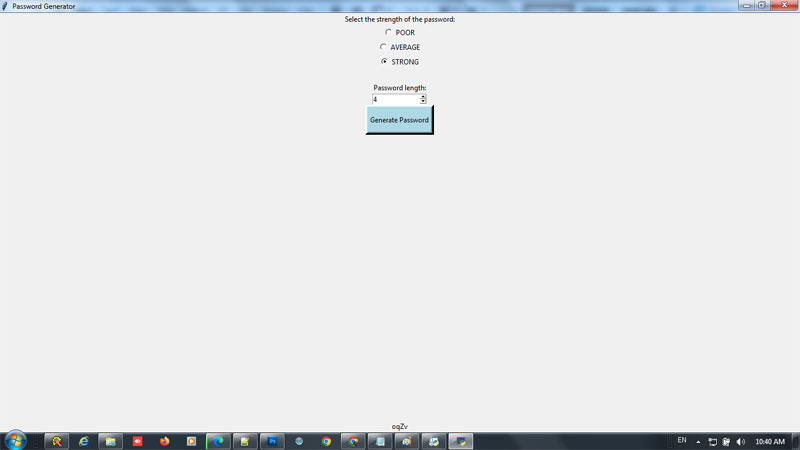the password generator is written in Python that you can use as a starting point for your own project. This password generator prompts the user to enter the desired password length and character set and then generates a random password using the specified parameters.

To create a password generator Python project, you can follow these steps:
- Create a new Python script file and import the necessary modules. You will need the
randomandstringmodules to generate a random password. - Define a function that generates a random password. You can use the
generate_passwordfunction I provided above as a starting point, or you can customize it to meet your specific needs. - Test the password generator function to make sure it is working as expected. You can do this by calling the function and printing the generated password to the console.
- Add any additional features or functionality that you want. For example, you might want to add a user interface using a library like
tkinterso that users can input the desired password length and character set. - Save and run your Python script to see the password generator in action.
How To Run The Project password generator Python project?
To run a Python project, you will need to have Python installed on your computer. You can download and install Python from the official Python website (https://www.python.org/).
Once you have Python installed, you can run a Python project by using the python command followed by the name of the Python script file that contains the project code. For example, if the name of your Python script file is password_generator.py, you can run it from the command line by typing:
If you are using a GUI-based development environment like IDLE, you can also run a Python project by opening the script file in the editor and clicking the “Run” button or selecting “Run” from the “Run” menu.
Download Simple_Password_Generator_In_Python_With_Source_Code
